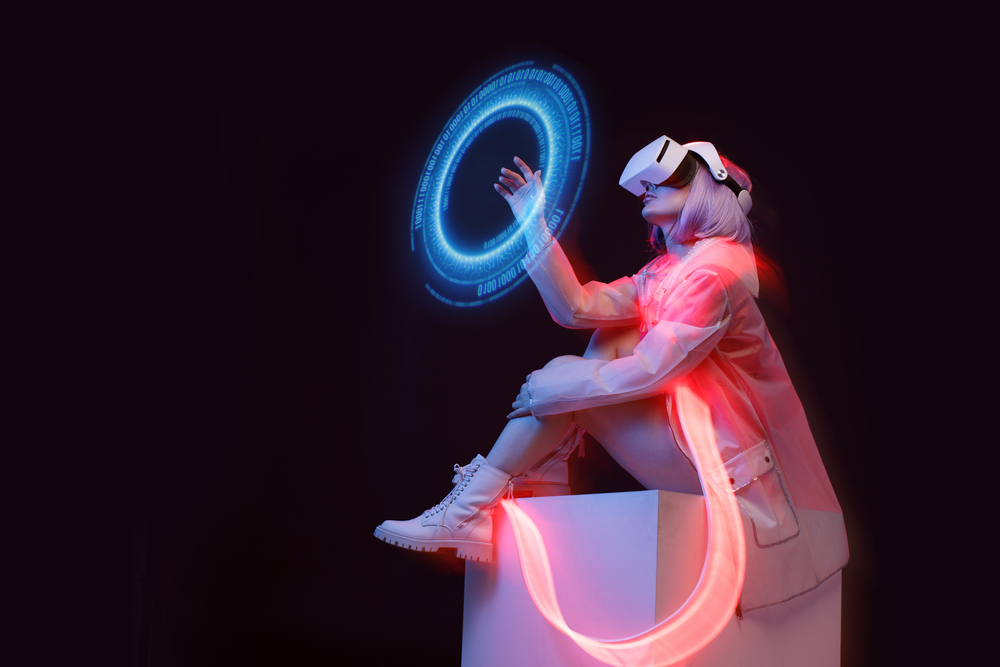Holographic Haute Couture: Fashion's Digital Frontier
In a world where technology and artistry increasingly intertwine, the fashion industry stands at the precipice of a revolutionary shift. Holographic haute couture, a cutting-edge fusion of traditional craftsmanship and advanced digital projection, is redefining the boundaries of wearable art. This avant-garde movement challenges our perceptions of fabric and form, offering a glimpse into a future where garments transcend physical limitations and enter the realm of light and illusion.

Technological Leaps and Bounds
Recent breakthroughs in miniaturization and energy efficiency have catapulted holographic fashion from concept to reality. Nano-scale projectors, flexible OLED displays, and advancements in photonic textiles have enabled designers to create garments that are not only visually stunning but also comfortable and practical. These innovations have opened up a new realm of possibilities, allowing for dynamic, changeable designs that respond to the wearer’s environment or mood.
The Artistry of Light and Motion
Holographic haute couture is more than just a technological marvel; it’s a new medium for artistic expression. Designers are now able to paint with light, creating ethereal patterns and textures that defy the constraints of traditional fabrics. From shimmering gowns that mimic the Northern Lights to suits that display real-time data visualizations, the creative potential is boundless. This fusion of digital and physical realms challenges our understanding of what constitutes a garment, blurring the lines between fashion, performance art, and interactive design.
Sustainability and the Virtual Wardrobe
One of the most intriguing aspects of holographic fashion is its potential impact on sustainability. As the industry grapples with its environmental footprint, holographic garments offer a tantalizing solution. By allowing a single piece to transform its appearance infinitely, it reduces the need for multiple physical items. Moreover, the concept of a virtual wardrobe, where consumers can purchase and wear digital-only designs in augmented reality spaces, could revolutionize fashion consumption patterns, significantly reducing material waste and production-related pollution.
Challenges and Ethical Considerations
Despite its promise, holographic haute couture faces several hurdles. The technology’s high cost currently limits its accessibility to high-end designers and affluent consumers. There are also concerns about privacy and data security, as these smart garments could potentially collect and transmit personal information. Additionally, the fashion industry must grapple with the ethical implications of creating hyper-realistic digital alterations to one’s appearance, potentially exacerbating body image issues and unrealistic beauty standards.
The Future of Fashion Shows and Retail
Holographic technology is not only changing what we wear but also how fashion is presented and sold. Virtual fashion shows, where holographic models showcase designs in fantastical digital environments, are becoming increasingly popular. These events offer unparalleled creative freedom while reducing the carbon footprint associated with traditional runway shows. In retail, augmented reality fitting rooms allow customers to try on holographic garments, seamlessly blending the convenience of online shopping with the tactile experience of in-store browsing.
Cultural Impact and Identity Expression
As holographic fashion becomes more prevalent, it’s poised to have a profound impact on cultural expression and personal identity. The ability to instantly change one’s appearance opens up new avenues for self-expression and challenges traditional notions of identity and dress. This technology could be particularly empowering for marginalized communities, offering new ways to celebrate and express cultural heritage or gender identity without the constraints of physical garments.
Conclusion: A Luminous Horizon
Holographic haute couture represents a paradigm shift in the fashion world, heralding a future where clothing is no longer bound by the limitations of physical materials. As the technology continues to evolve and become more accessible, we can expect to see its influence ripple through all aspects of the fashion industry, from haute couture to ready-to-wear. While challenges remain, the potential for innovation, sustainability, and creative expression is immense. The fusion of fashion and technology in holographic garments not only transforms how we dress but also how we perceive and interact with the world around us, illuminating a path towards a more dynamic, sustainable, and expressive future in fashion.





